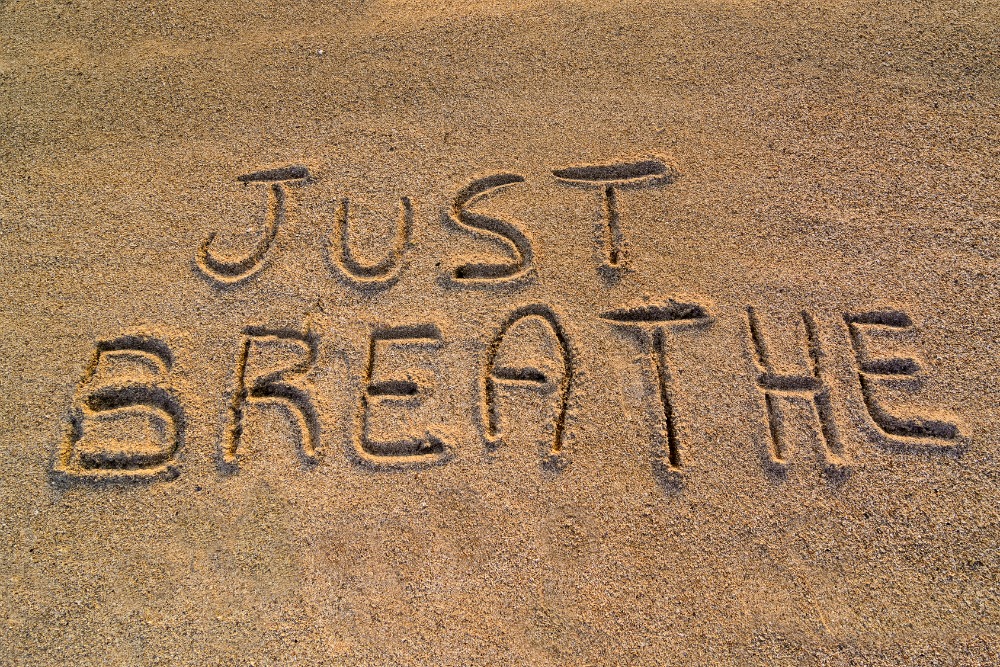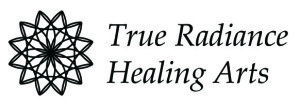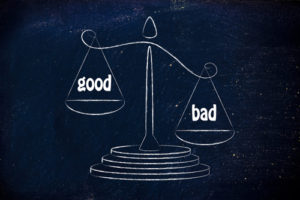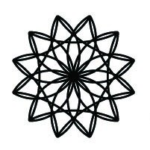Feeling Overwhelmed? Try This.
We all have times when things feel overwhelming. Whether it’s a specific part of our lives or life in general, it can feel like more than we can handle. During these moments, it’s hard to know where to start or if we’re even capable of getting through it.

This sense of having more to deal with than we can manage can come from a major life event or just from seeing the whole scope of a project and all there is to do at once. In response, our brain goes into survival mode, where creativity, resourcefulness, and the ability to strategize are sacrificed.
When it feels like it’s all too much, here are a few strategies to help make it manageable:
1. Breathe
Focusing on the breath is a simple but effective tool when you get caught up in the enormity of something. Attending to your breath helps you to relax. Physiologically, when your breathing deepens and you relax, it sends a message to the brain that you are safe. It also brings more oxygen to the brain, allowing you to think more clearly. Bringing focus to your breath returns your attention to the present moment, where you can identify your next step.
2. Capture and Contain
For many people, writing down all the loose ends vying for attention can help create the mental space to actually think. Try jotting down all the things swimming around in your head that you “need to do.” Don’t stop there; once you’ve captured everything on paper, try drawing a box, circle, or other closed shape all the way around it. Our mind responds to visual information, and putting a container around these tasks sends a signal to the mind that this is a “complete set.” Otherwise, your mind will likely keep searching for—and offering up—more things you “need to” deal with. (Are you still breathing?)
3. Take Stock
Give yourself a moment to acknowledge the action you’ve already taken or set in motion. Make a quick list of the resources and skills you have available to you that will help. In some situations, it can be helpful to focus on what’s known right now (instead of what might happen).
4. Find a Bite-Sized Chunk
If you made a Capture and Contain list, you might have noticed that not everything on the list can be done now. Because of the natural order of things (this must happen before that) or because of where you are right now (for example, sitting in front of the computer and not out running errands), it’s likely that some items on the list aren’t ready to be done right now. For the moment, let those go. What’s one small thing you can do right now to take a step closer to getting one thing done? It might be finding a phone number, sending off a quick email, identifying a piece of needed information, or some other relatively small task. It’s OK to start with something easy.
 5. Focus on the Very Next Step
5. Focus on the Very Next Step
There’s a bit of mental discipline required in staying with the very next step. Our mind can race down the path far ahead, noticing all of what must be done, the entire sequence, all at once. When you notice that your attention has wandered into the future, gently bring yourself back to the present by again returning to your breath. What’s your very next step?
6. Tap Your Resilience
Take a moment to think of a challenging time you’ve been through. Maybe it’s a situation where you or others were surprised at what you were capable of handling. Acknowledge yourself for having accomplished this, taking note of the skills and abilities you brought to the situation. Remember that you are capable of handling tremendous feats and difficulties.
Still breathing?
We have the capacity and strength to overcome great obstacles and accomplish miracles. These strategies can help.

 I was talking to a client a few years back. She was feeling overwhelmed and stressed out. She said to me, “Everyone I know is in chaos right now.” Knowing how our thoughts can impact our emotional state, I asked her, “Is that really true? Everyone?”
I was talking to a client a few years back. She was feeling overwhelmed and stressed out. She said to me, “Everyone I know is in chaos right now.” Knowing how our thoughts can impact our emotional state, I asked her, “Is that really true? Everyone?” There are very, very few events in our lives that are inherently good or bad. When we look back at even the most challenging of times in our life – events we would never have chosen – this is often when significant growth happens. Gifts can ultimately come from dire circumstances. Judging things as good or bad oversimplifies our experiences.
There are very, very few events in our lives that are inherently good or bad. When we look back at even the most challenging of times in our life – events we would never have chosen – this is often when significant growth happens. Gifts can ultimately come from dire circumstances. Judging things as good or bad oversimplifies our experiences.

